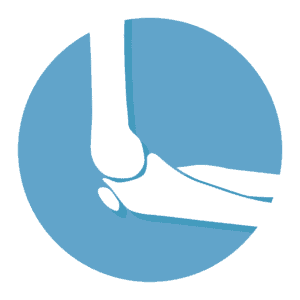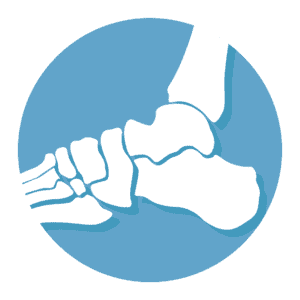
What is Diagnostic Shoulder Arthroscopy?
A diagnostic arthroscopy refers to a clinical procedure where a tiny camera is inserted into a joint to assess the integrity of the structures within the joint. It is extremely useful in diagnosing torn tendons, arthritis of the bones and any other abnormalities within a joint.
Who needs Diagnostic Shoulder Arthroscopy?
Diagnostic shoulder arthroscopy is a procedure where the camera is inserted into the shoulder joint in order to diagnose problems of the shoulder. This procedure usually involves proceeding to treatment as well. Diagnostic shoulder arthroscopy is performed in a number of clinical conditions. Some examples of these conditions include:
- Any injury to the rotator cuff muscles and tendons
- Ligament tears within the shoulder joint
- Arthritis of the shoulder joint
- Shoulder joint dislocation
What are the steps in Diagnostic Shoulder Arthroscopy?
Preparing for the Procedure
Once consent from the patient has been obtained, the area around the shoulder joint is cleaned with antiseptic solution. The patient is administered either a general anesthetic or sometimes a spinal block. The patient is positioned in a seated manner or lying on their side.
Inserting the Arthroscope
A small incision is made in the skin and the arthroscope is gently inserted into the shoulder joint.
Examining the Shoulder
The camera at the end of the arthroscope projects the image onto a screen allowing the doctor to visualize the structures around the shoulder joint and within it clearly. In most cases, treatments are offered straightaway if an underlying problem is discovered.
Ending the Procedure
The procedure can take up to an hour or longer to perform. Once complete, the arthroscope is removed and the skin incision is cleaned and dressed. The patient is then observed in hospital for a short bit of time and subsequently discharged home.
After Diagnostic Shoulder Arthroscopy
After the patient has been discharged home, it is normal for them to experience a bit of discomfort and pain in the site of the procedure. Painkillers can help get rid of this. It is advised not to exert the shoulder for a few days. If any treatments have been performed, patients may require a period of rehabilitation which can involve physical therapy and exercises.
The procedure is relatively safe and the risks are rare. These can include blood clot formation, infection and damage to any blood vessels near the shoulder joint.
The main benefit of this procedure is that a great deal of information about any underlying pathology within the shoulder joint can be obtained with this minimally invasive procedure. In addition, arthroscopy offers more information than x-rays as the structures are directly visualized. Treatments can be offered in the same sitting as the arthroscopy. Patients seem to prefer this procedure as the risks and side effects are few and rare.








